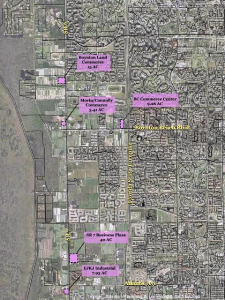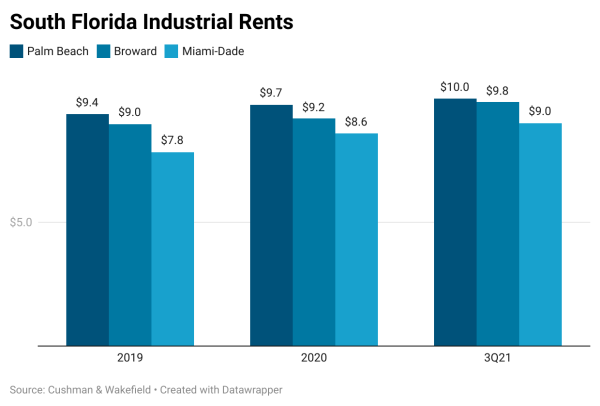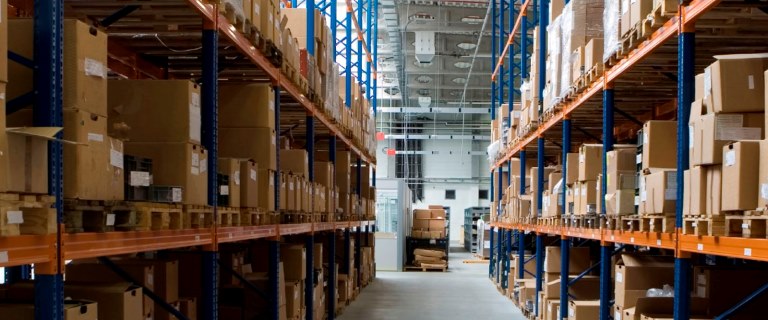South Florida industrial landlords are still in feast mode.
In the third quarter, Miami-Dade, Broward and Palm Beach counties’ median asking rents rose 14 percent, 16 percent and 18 percent, respectively, compared to the same period of last year, according to a recent JLL report.
Rising rents in South Florida’s industrial market are a continuing trend. Available warehouse space was at a premium in the third quarter, because vacancy rates in the three counties hovered below 4 percent, JLL found. New projects will add roughly 12 million square feet of industrial space by the end of the year, according to the report, but construction is slowing as a result of economic volatility.
“Current development delivery timelines have been delayed, as market sentiment has shifted to a more conservative approach,” the report states. “Insurance premiums have impacted every level of real estate, making investors and tenants alike more mindful of costs associated with underwriting, development, sales and leasing.”
Miami-Dade County
In the third quarter, the median asking rent in Miami-Dade County jumped to $16.80 a square foot compared to $14.35 a square foot during the same period of last year, the report shows. Landlords have the advantage, as the vacancy rate hit 1.6 percent during the third quarter, sustaining a year-long trend. During the same period in 2022, Miami-Dade’s vacancy rate was 1.8 percent.
The county’s industrial market had a net absorption of 4.1 million square feet in the third quarter, compared to 3.4 million square feet absorbed during the same period of last year. New projects representing 8 million square feet of industrial space were under construction in the third quarter, the report shows.
Among new projects is the proposed Sycamore Logistics Center in Medley. In August, Blackstone, and its subsidiary Link Logistics, broke ground on the two-warehouse complex after landing a $51 million construction loan from Boston-based AEW Capital Management.
Frito Lay signed the biggest lease in the third quarter for 130,320 square feet at Bridge Point Doral, a 175-acre warehouse campus developed by Chicago-based Bridge Industrial, according to JLL.
Broward County
The asking median rent increased to $15.43 per square foot in the third quarter, compared to $12.89 per square foot during the same period of last year, the report shows. Broward landlords also benefited from a low vacancy rate that has remained steady, year-over-year. The vacancy rate was 3.4 percent in the third quarter, compared to 3.3 percent during the same period of last year, the report states.
In the third quarter, net absorption dipped to 172,000 square feet, compared to 2 million square feet absorbed during the same period of last year. Developers are currently building 1.5 million square feet of new industrial space in Broward, the report shows.
Link Logistics was also active in Broward during the third quarter, paying $162 million for a seven-building campus in Deerfield Beach in July. The purchase represented a “notable sale” during the third quarter for Broward’s industrial market, the report states. New York-based Sterling Investors also targeted Broward, acquiring a fully leased warehouse in Pompano Beach for $24.3 million.
Palm Beach County
During the third quarter, the median asking rent increased to $14.48 a square foot, compared to $11.84 a square foot during the same period of last year, the report shows. The 18 percent price jump was the biggest of all three counties. The vacancy rate slightly rose to 3.8 percent in the third quarter, compared to 3.1 percent during the same period of last year.
Net absorption was 412,000 square feet in the third quarter, compared to 580,000 square feet absorbed during the same period of last year. Yet, the development pipeline will add 2 million square feet of new industrial space by the end of the year, the report states.
New buildings to land tenants include 7th Avenue Logistics, a 76,000-square-foot warehouse at 1939 Seventh Avenue in Lake Worth developed by Coconut Creek-based Butters Group. Foundation Building Materials signed a lease for 50,000 square feet at 7th Avenue Logistics, the report states.
Source: The Real Deal











